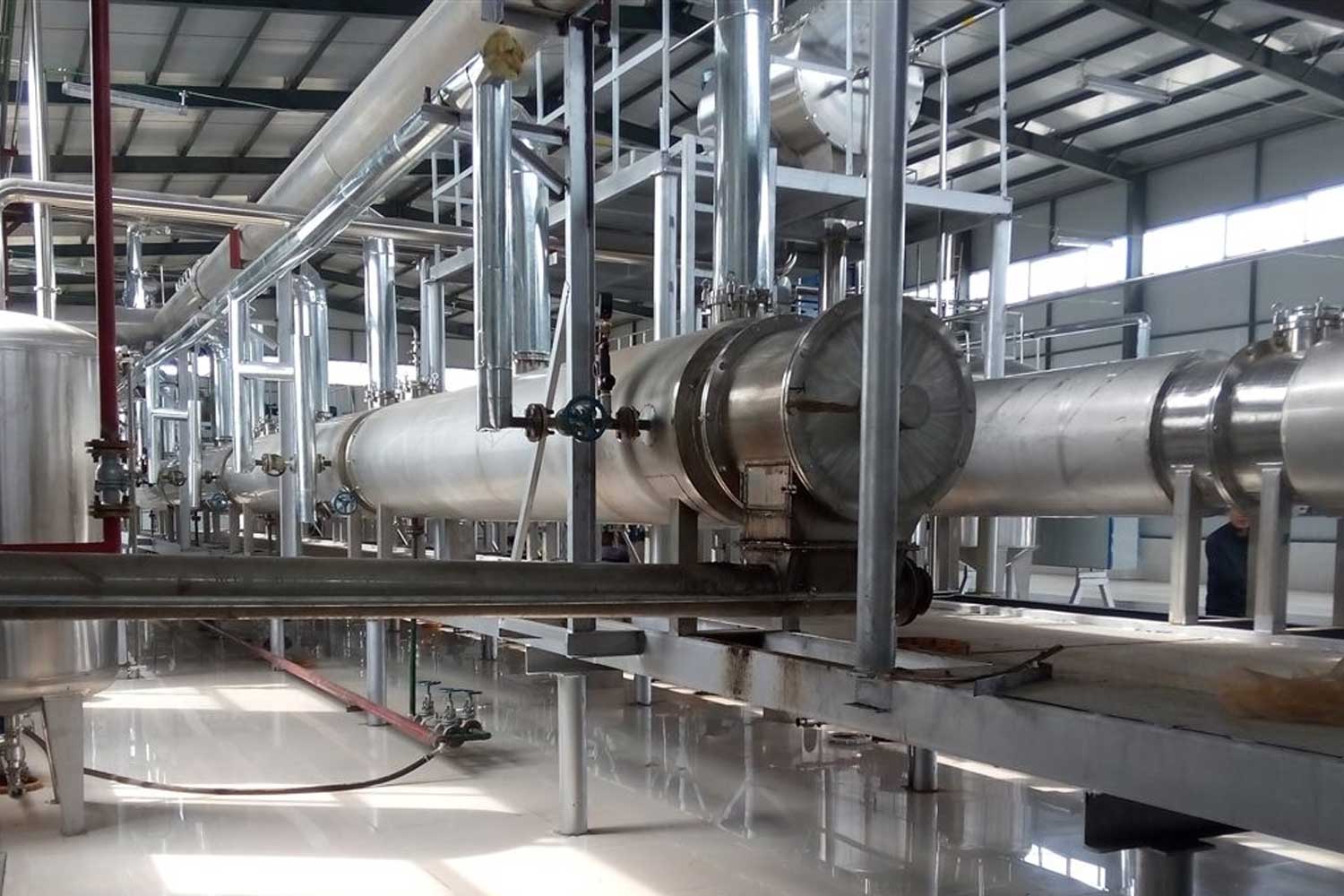What is sonication extraction method?
Most of the active ingredients of natural plants are intracellular substances. It is often necessary to break the plant cells during extraction. It is difficult to effectively break the cells by the traditional mechanical breaking method, and the chemical breaking method can easily cause changes in the structure and properties of the extract and lose its activity. It is difficult to achieve the desired results. Ultrasound is applied to extract the effective ingredients of plants, the operation is simple and fast, without heating, the extraction rate is high, the speed is fast, the effect is good, and the structure is not destroyed, showing obvious advantages.
Basic principles of ultrasonic extraction
Ultrasonic extraction is the application of ultrasonic waves to destroy plant tissues, thereby extracting the effective components of plants, which is a physical crushing process.
How does ultrasonic extraction work?
- Ultrasonic waves produce unique vibration and cavitation effects on the medium. Ultrasonic vibration can generate and transmit powerful energy, causing the medium particles to enter the vibration state at a large speed and acceleration, causing changes in the structure of the plant tissue, and prompting the effective ingredients to enter the solvent;
- At the same time, cavitation occurs in the liquid, which promotes the rupture of plant cell walls. In addition, ultrasonic vibration will also generate thermal efficiency and accelerate the dissolution rate of the components to be extracted.
Selection of ultrasonic extraction conditions
Many factors will have an impact on ultrasonic extraction, so when extracting plant active ingredients, care should be taken to select suitable conditions.
Selection of ultrasonic extraction process parameters
Ultrasonic parameters mainly consider the frequency intensity and time of the ultrasound. Different plant components require different parameters; when extracting the same plant, choosing different parameters will get different effects.
- For example, when 95% ethanol is used as the solvent to extract the total alkalis of the motherwort in the motherwort ultrasonic wave, the effect is best when the ultrasonic wave of 1.1MHz is used for 40min.
- When berberine is extracted by ultrasonic, the extraction rate of 1.1Mh ultrasonic is 1.33% lower than that of 20kHz low-frequency ultrasonic; in the extraction time, after a peak at 30min, it gradually decreases with time;
- The extraction rate of rhubarb anthraquinone components was extracted by ultrasonic treatment with 20kHz intensity of 0.5W/cm2, 5W/cm2, 10W/cm2, and 50W/cm2 for 10min, and the extraction rate was different, and the highest was the highest when 0.5W/cm2 was used.
Therefore, when performing ultrasonic extraction, appropriate parameters must be obtained from experiments to increase the extraction rate.
Solvent selection
When ultrasonic extraction of plant active ingredients, the type of solvent and its concentration are also the key to affecting the extraction rate.
- Using 95%, 75%, and 50% ethanol as solvents to extract baicalin by ultrasonic treatment for 4 minutes, the extraction rates were 4.59%, 11.15%, and 10.94% respectively;
- Methanol, ethanol, and hexyl acetate were used as solvents, and ultrasonic treatment was used for 1 hour to extract baicalin. The effective ingredient of Menghua is the highest extraction rate of methanol.
Ultrasonic extraction does not require heating, so when selecting extraction solvents, it is best to combine the physical and chemical properties of plant active ingredients for screening.
- For example, when extracting saponins and polysaccharides, water can be selected as the solvent by using their water solubility;
- When extracting alkaloids, acid leaching methods can be used to take advantage of the nature of their reaction with acid to form salts.
Temperature selection
Temperature also has an effect on the extraction rate of the effective components extracted from plants by ultrasonic. For example, the extraction rate of total flavonoids from Scutellaria baicalensis Georgi is extracted by ultrasonic, and the extraction rate increases with the decrease of temperature within a temperature of 5~25℃.
Other factors
The uniformity of the ultrasonic distribution, the placement position of the extraction bottle, the thickness of the extraction bottle wall, the particle size of the ultrasonicated plant, and the volatilization of organic solvents as the temperature of the medium and the extraction liquid increase, etc., will also affect the ultrasonic extraction of plants. The effect of active ingred

